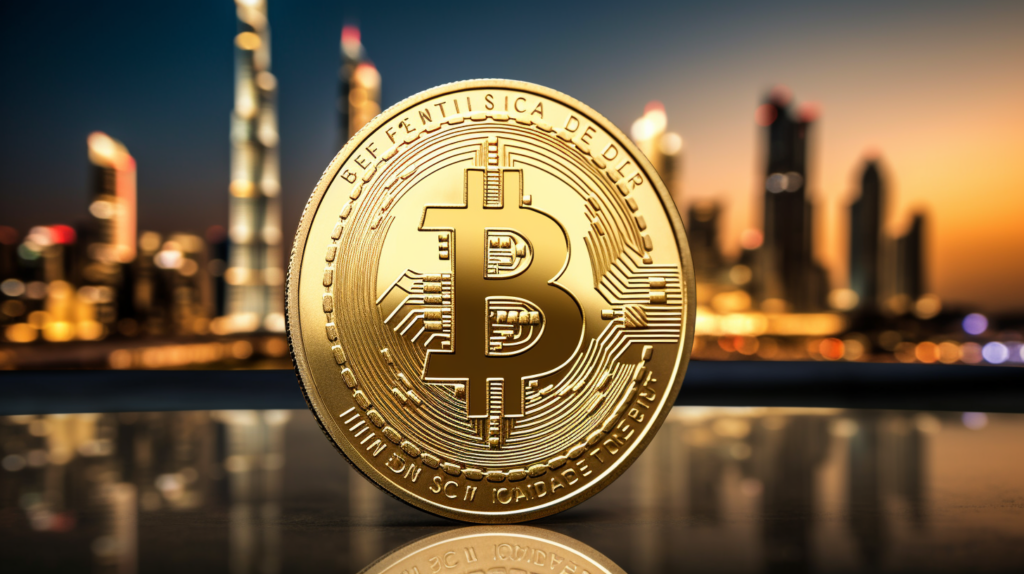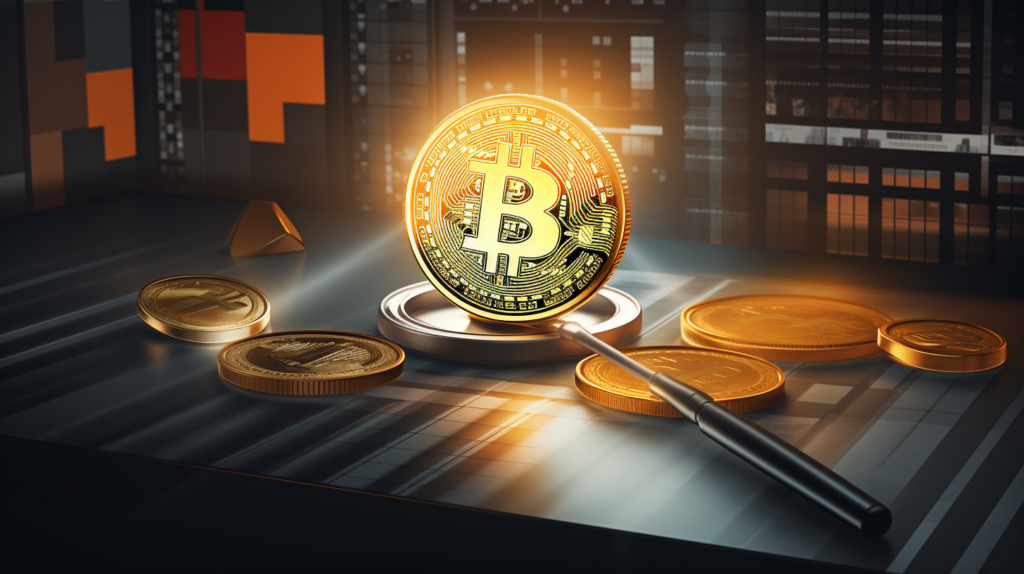A Global Embrace of Digital Dollars
Stablecoin issuer Circle, a US-based entity, has observed that a staggering 70% of its USDC adoption comes from regions outside the US. Circle’s CEO, Jeremy Allaire, has pointed out that the most rapid growth areas are emerging and developing markets. These markets are not within the US, a country currently grappling with regulatory uncertainties. Allaire recently took to X (previously known as Twitter) to highlight the robust progress in Asia, LATAM, and Africa. He emphasized the increasing demand for “safe, transparent digital dollars.”
The Shifting Sands of Stablecoins
The USDC stablecoin has experienced its share of challenges, with its value dropping by over 43% since the start of the year. Despite this, it has managed to maintain a market cap of over $26 billion in recent weeks, even after a brief dip below this mark. This resilience is noteworthy, especially considering the revelation by Coinbase CEO Brian Armstrong that Binance had sold a significant portion of the token. Armstrong’s statement during Coinbase’s second-quarter earnings highlighted Binance’s move from USDC to another stablecoin. This shift was in response to the New York Department of Financial Services’ directive to halt the issuance of the dollar-pegged BUSD stablecoin. Consequently, Binance turned its attention to TrueUSD (TUSD) to meet its stablecoin needs. However, TUSD lost its peg and stopped its issuance by June 10th. Amidst these changes, the launch of PYUSD by global payments behemoth PayPal further underscores the evolving stablecoin landscape.
A Personal Take on the Stablecoin Evolution
From my point of view, the growing international adoption of USDC is a testament to the global trust in digital currencies. While the US remains a significant player in the crypto space, the increasing demand from emerging markets indicates a shift in the global financial landscape. The challenges faced by USDC, such as diminishing demand and concerns over liquidity, are not unique to this stablecoin. Many digital currencies face similar hurdles. However, the proactive approach of Circle’s leadership, as evidenced by their collaborations with reputable financial institutions worldwide, is commendable. On the flip side, the rapid changes in the stablecoin market, with major players like Binance shifting their preferences, highlight the volatility and unpredictability inherent in the crypto world. As I see it, while the future of stablecoins remains uncertain, their potential to revolutionize global financial systems is undeniable.





